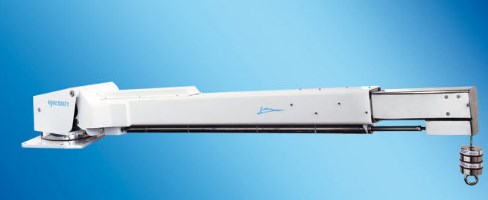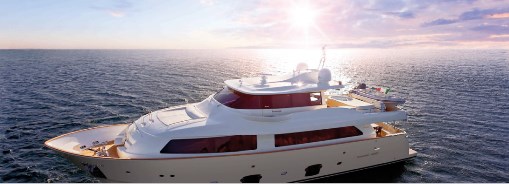Linear marine actuators are compact and extremely powerful devices. The design has a backing of powerful internal switches that prevents the ram from seizing off. The switches enhance current flow in a smooth forward or reverse direction. Two copper wires from a sealed motor are directed to the switches, wired to complete the flow 12V DC current. Inline fuse provides a direct connection of the actuator wire to the boat’s power box. Fortunately, a battery with as little as 9V charge will be efficient in basic testing of the system. Ram and brackets will be engineered by adjusting before and after short mileage transit. The brackets will be mounted appropriately in order to prevent unprecedented surge.

Optimizing the traits and location of the linear actuators is crucial in order to maintain maximum motion reduction. This implies that t-foils, fins and interceptors will be manipulated in order to attain the operation range required. An actuator is incorporated in the vertical link of the ship in order to press the top foot against the top stiffener.
Linear actuator provides optional features in case of power failure in the boat. Moreover, analog and digital feedbacks are guaranteed. Linear actuators are also compatible with other control systems found in maritime industry such as microcontrollers and relay based systems. The image below shows a picture of an automated yacht cruising in the middle of a sea.
